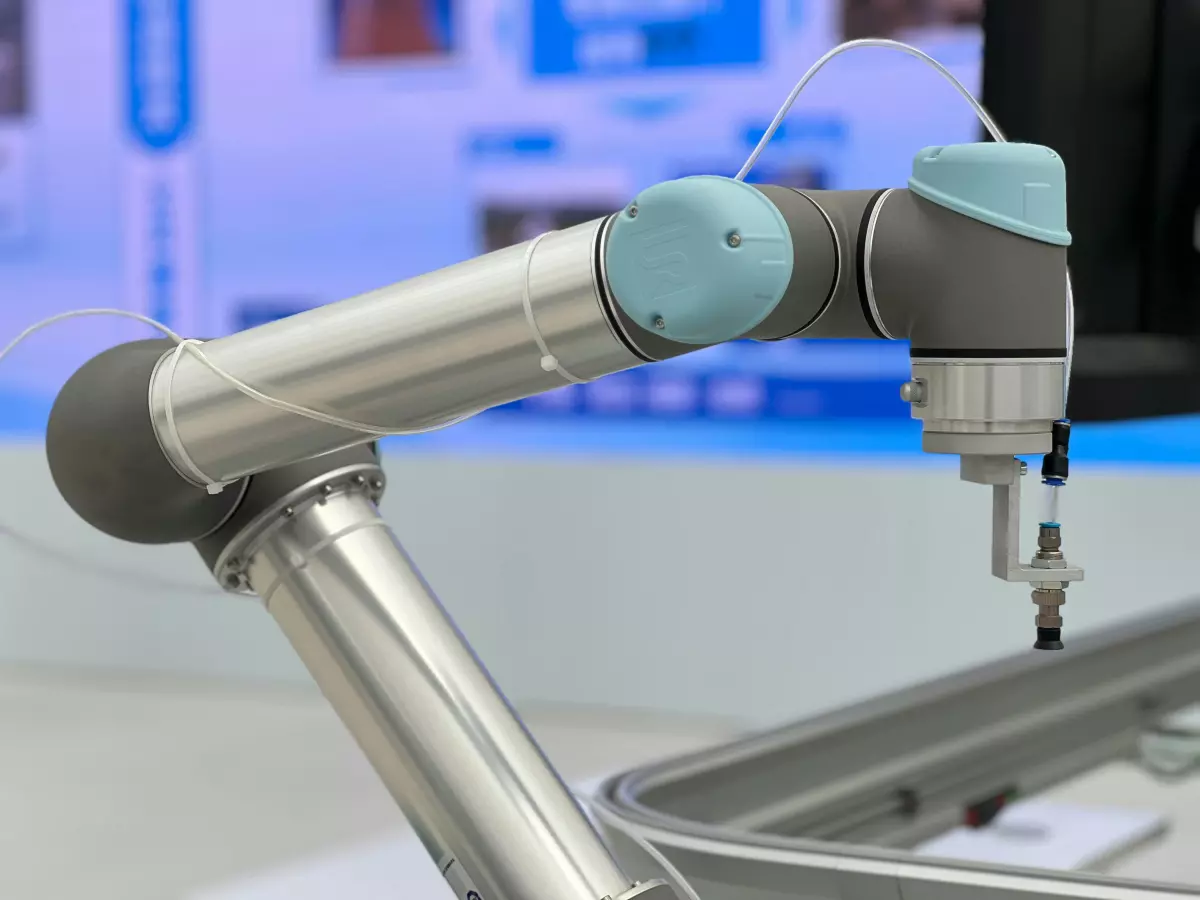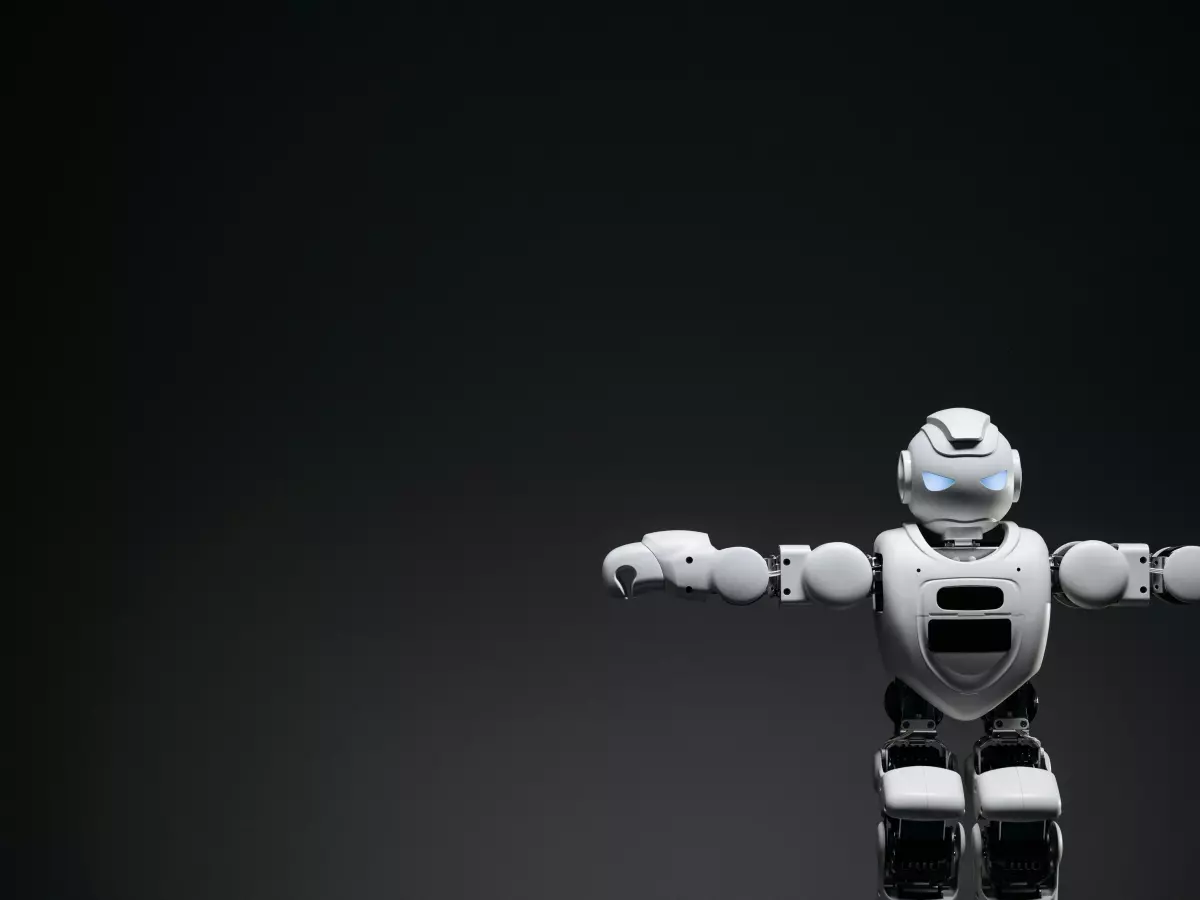Robots in Agriculture
Ready to see how robots are shaking up the agriculture industry? From boosting productivity to handling repetitive tasks, robots are becoming essential farmhands.

By Wei-Li Cheng
Picture this: a robotic arm swiftly stacking bags of livestock feed onto pallets, working tirelessly without breaking a sweat. Sounds futuristic, right? Well, it's already happening. Chestnutt Animal Feeds, a livestock feed manufacturer in Northern Ireland, has deployed a robotic palletising system to streamline its operations. This isn't just a cool tech upgrade—it's a game-changer for productivity.
The Quick Pal 1 Robot Palletiser, developed by a packaging machinery and robotics company, is designed to handle repetitive tasks like stacking heavy bags of feed. By automating this process, Chestnutt Animal Feeds can now move products faster and more efficiently, freeing up human workers for more complex tasks. According to Robotics and Automation, this robotic system is already making waves in the industry.
But wait, there's more. Robots aren't just stacking bags—they're also starting to take on more human-like roles. Enter Pudu Robotics' latest creation: the PUDU D7, a semi-humanoid robot that combines mobility with intelligence. While it's not expected to be fully commercialized until 2025, this robot is already turning heads. Imagine a robot that can move around a farm, assist with tasks, and even interact with workers. It's like having a robotic farmhand that never needs a coffee break.
So, what does this mean for the future of agriculture? Well, for starters, robots are helping to solve one of the industry's biggest challenges: labor shortages. As farms grow larger and the demand for food increases, it's becoming harder to find enough workers to keep up. Robots can fill this gap, taking on repetitive or physically demanding tasks that humans might not want—or be able—to do.
And let's not forget about efficiency. Robots can work 24/7 without getting tired, which means farms can operate at higher capacities. This could lead to increased food production, lower costs, and ultimately, more affordable products for consumers. Plus, with advancements in AI, these robots are getting smarter by the day. In the future, we could see robots that can make decisions on the fly, adapting to changing conditions on the farm.
What’s Next for Robots in Agriculture?
The rise of robots in agriculture is just the beginning. As technology continues to evolve, we can expect to see even more advanced robots hitting the fields. Semi-humanoid robots like the PUDU D7 could become a common sight on farms, assisting with everything from planting to harvesting. And with AI integration, these robots could eventually learn to perform tasks autonomously, making farming more efficient than ever before.
But it's not just about replacing human workers. Robots can also help improve working conditions by taking on dangerous or physically demanding jobs. For example, a robot could be used to spray pesticides, reducing the risk of exposure for human workers. Or, a robot could handle heavy lifting, preventing injuries on the job.
In the long run, robots could help make agriculture more sustainable. By optimizing processes and reducing waste, robots could help farmers use resources more efficiently. This could lead to less water usage, fewer chemicals, and a smaller carbon footprint. So, not only are robots boosting productivity—they're also helping to create a greener future.
So, whether it's a robotic arm stacking feed or a semi-humanoid robot lending a hand in the fields, one thing is clear: robots are here to stay in agriculture. And as technology continues to advance, the possibilities are endless. The future of farming is looking bright—and it's got a lot of robots in it.





